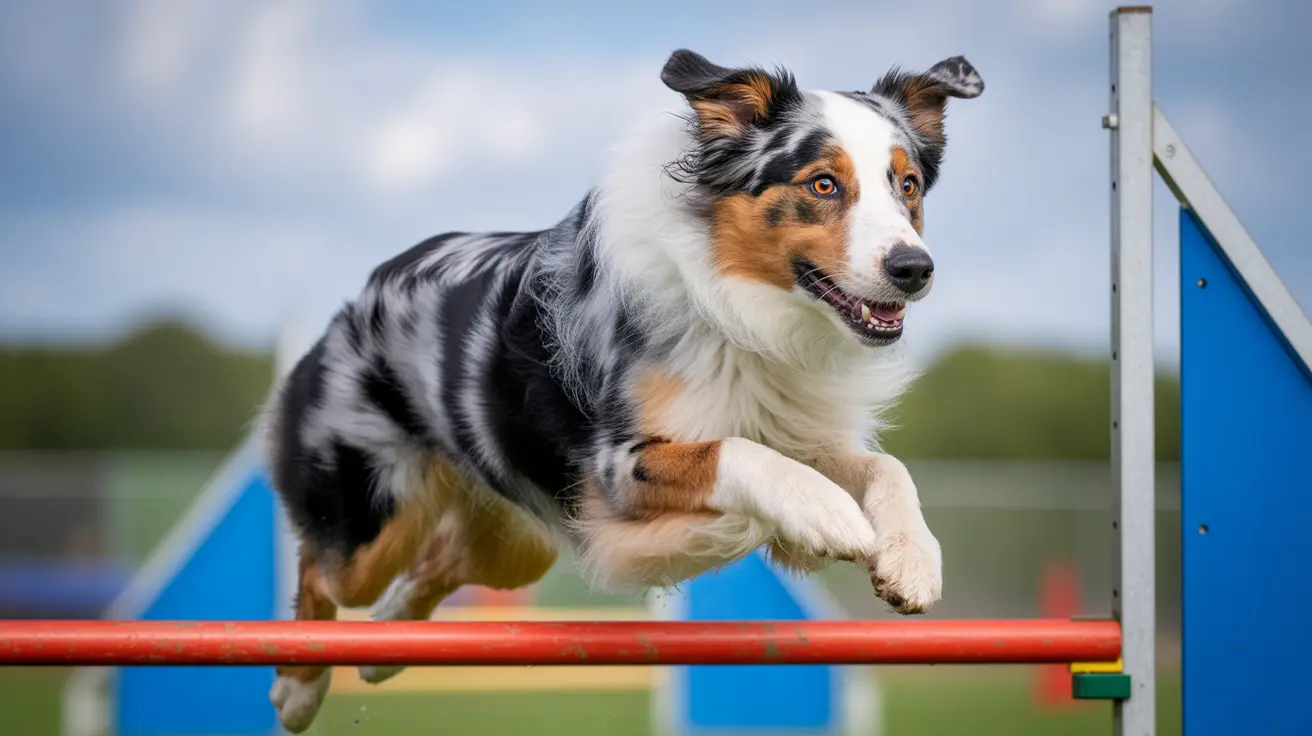Understanding the Causes of Hypertrophic Osteodystrophy in Puppies
Hypertrophic osteodystrophy (HOD) is a painful and sometimes severe developmental bone disorder that primarily affects large and giant breed puppies during their rapid growth stages. Despite numerous studies and case reviews, the
exact cause of HOD remains uncertain, which often presents challenges for prevention and early intervention. However, research and clinical observations have pinpointed several possible contributing factors.
What Is HOD?
HOD is an inflammatory condition that affects the metaphyseal regions of long bones, typically appearing in rapidly growing puppies between 2 and 8 months of age. Breeds such as the Weimaraner, Great Dane, Irish Setter, Boxer, and several others show a heightened risk, with males more commonly affected.
Primary Theories Behind the Causes of HOD
Although no single cause has been definitively proven, various factors have been associated with the development of HOD:
- Genetic Predisposition: Some breeds and family lines, especially Weimaraners, appear more prone to HOD. This suggests a strong hereditary component influencing susceptibility to the disease.
- Dietary Imbalances: Overnutrition, particularly excessive intake of calcium, calories, and vitamin supplements (C, D, and A), has been implicated. However, vitamin C deficiency has largely been ruled out as a direct cause. High-calorie diets can disrupt normal bone formation, although no definitive link with overfeeding has been established.
- Infections: Certain infections, notably the canine distemper virus, have been proposed as triggers. These may cause inflammation or immune reactions that target bone growth areas.
- Autoimmune Mechanisms: The immune system's misdirected response may also play a role in causing inflammation within the metaphysis.
- Vaccination Reactions: In rare cases, vaccinations—particularly against canine distemper—have been thought to provoke an inappropriate immune response, especially in genetically susceptible breeds.
Tissue and Radiographic Findings
The affected regions show clear evidence of
disrupted bone formation, necrosis, and inflammation. The metaphyses often exhibit radiolucent lines—known as "double physis" or pseudophyseal lines—along with periosteal new bone growth. Swelling in nearby soft tissue structures further highlights the inflammatory process.
Clinical Symptoms and Progression
Puppies with HOD often display the following signs:
- Painful swelling primarily in the legs
- Fever and lethargy
- Loss of appetite and reluctance to move
- Systemic illness in severe cases, such as diarrhea, thickened footpads, or even pneumonia
In the most severe cases, affected puppies may
refuse to stand or walk. Limb deformities, such as bowed legs, may occur due to premature closure of the growth plates.
Diagnosis and Differential Conditions
HOD is typically diagnosed based on a physical examination and radiographic findings. Blood tests are often used to exclude other causes such as:
- Panosteitis
- Septic arthritis
- Rickets
- Osteomyelitis
- Trauma
- Hypertrophic osteopathy
Management and Supportive Care
As no single cause is confirmed, treatment for HOD mainly involves
supportive care:
- Use of NSAIDs for mild to moderate cases
- Corticosteroids, especially in Weimaraners, for more severe inflammation
- Hospitalization for intravenous fluids, opioids, and nutrition in severe cases
- Correction of dietary imbalances and discontinuing unnecessary supplements
- Physical therapy and restricted activity until recovery
Many cases resolve naturally within one to two weeks but may relapse until skeletal maturity. Most puppies recover fully with no long-term effects.
Preventive Measures
While complete prevention isn't always possible, the following actions can reduce the risk of HOD:
- Feed age- and size-appropriate diets designed specifically for large breed puppies
- Avoid excessive supplementation, especially with calcium or vitamins
- Limit high-impact activities such as jumping or running on hard surfaces during formative growth stages
- Maintain a safe home environment with appropriate bedding to minimize falls
Conclusion
Although the precise cause of hypertrophic osteodystrophy remains elusive, current evidence points toward a multifactorial origin involving
genetics, nutrition, infection, and immune response. Understanding these contributing factors helps veterinarians and pet owners detect the disease early and manage it effectively. With prompt and appropriate care, the prognosis for puppies affected by HOD is generally positive.





